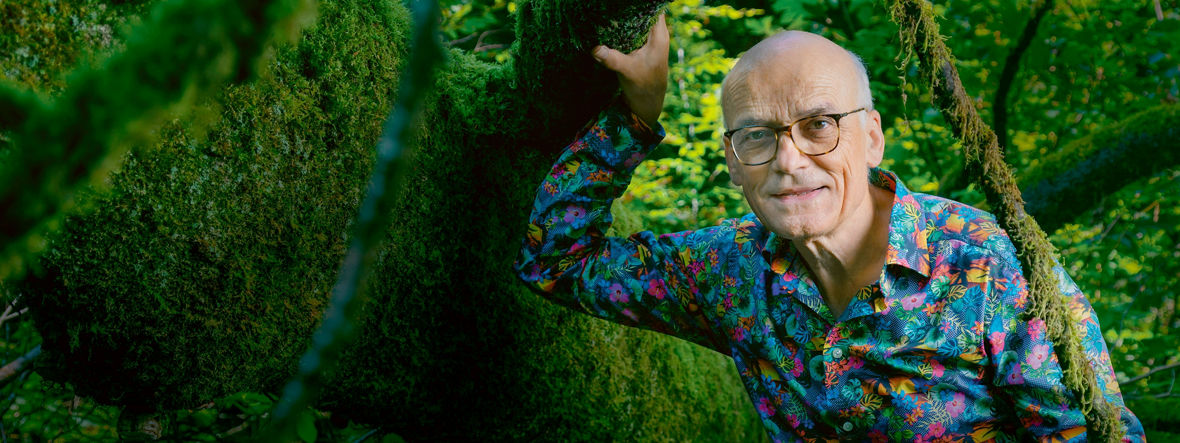In my element - Carbon
Even when I was a schoolboy, I was fascinated by carbon—an element that can exist as a lump of coal but also as a diamond. A particular feature of carbon is the fact that it has a valence of four. That enables it to form an incredibly large number of compounds, including some that include other elements. That’s why carbon is rightly regarded as the element that makes life on our planet possible, in spite of the fact that it’s a simple element with a low atomic weight.
In my research I investigate how plants extract carbon from the air in the form of carbon dioxide and transform it into biomass. This process, which is called photosynthesis, is extremely important. It has played a role in the process by which the carbon dioxide content of the atmosphere has decreased from more than 90 percent to less than 0.04 percent in the course of the earth’s history, whereas the percentage of oxygen has greatly increased. This caused the protective layer of ozone to form, thus making human life possible.
Carbon accounts for about half of the dry mass of plants—or almost exactly 47.4 percent. In addition, plants account for a larger volume of biomass than any other living things on earth: 450 gigatons out of a total of 550 gigatons. All of the animals on earth put together would weigh only about two gigatons. That’s why it’s especially instructive to take a look at plants. The prevailing opinion is still that biodiversity and productivity are mutually exclusive. Yet the opposite is the case. An experiment in China confirmed this for forests. In this experiment we measured how much carbon newly planted trees store in their aboveground biomass over a period of eight years. For a monoculture, it was twelve tons. For a forest with 16 different tree species, it was 32 tons per hectare—far more than twice as much. If a forest stores more carbon, it improves its productivity and stability, but that’s not all. At the same time, it helps to reduce the greenhouse gases in the atmosphere.
Interrupting the carbon cycle is simultaneously the greatest problem and the greatest opportunity facing us in the Anthropocene era. By increasing biodiversity, the human race can solve many global problems at the same time: climate change, food scarcity, and environmental pollution.


